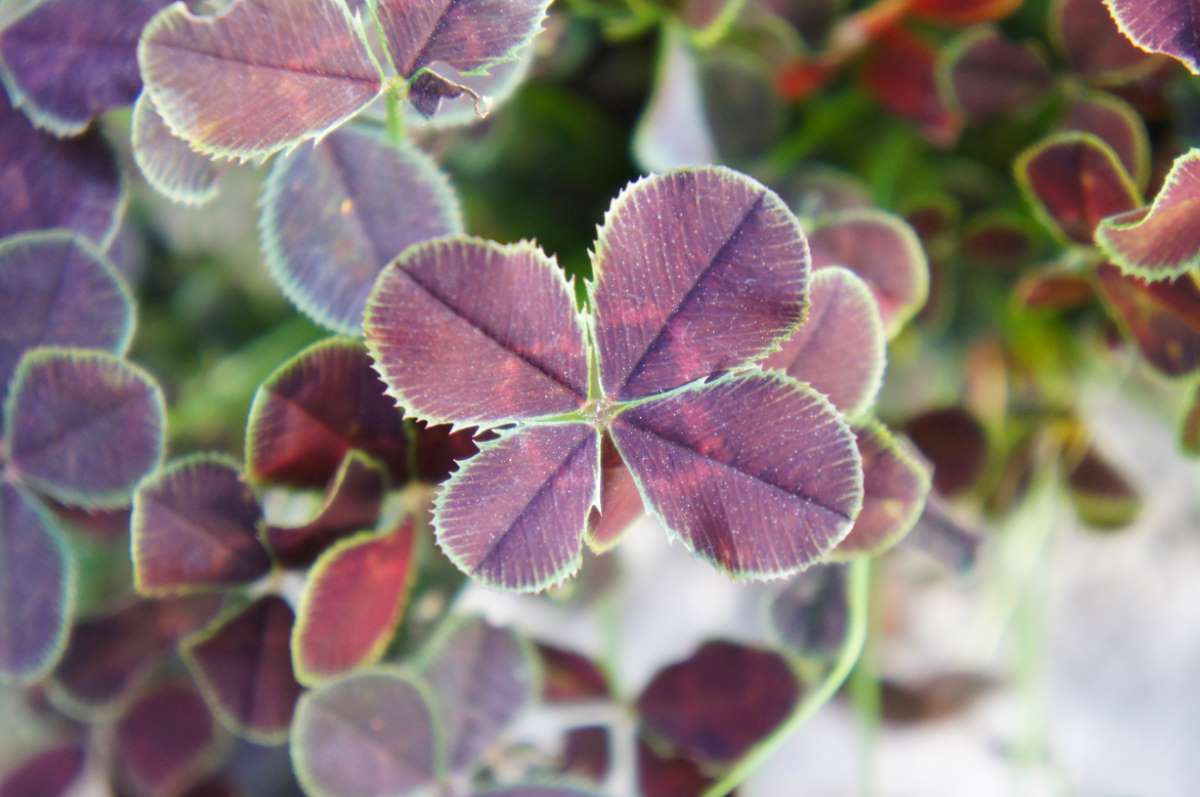Description
Trifolium – Clover –
There are about 300 erect or creeping annuals, biennials, and short lived herbaceous perennials in the pea family in this genus. They naturally occur on scree or in grassy meadows or scrub worldwide, except Australia. It produces trifoliate leaves, rarely up to 7 palmate, have smooth or toothed edged leaflets. Small , pea like flowers are produced in heads or in short, terminal or axillary spike like racemes (or, rarely, singly) usually in red, purple, white, or yellow in spring or summer, and are attractive to bees. Although many clovers are invasive weeds, they are sometimes an ingredient in commercial grass-seed mixes. Their aggressive behavior may choke out more desirable species, less invasive clovers are suitable for a border or wildflower garden.
Grow in moist but well drained, neutral soil in full sun or part shade. Divide in spring.
Prone to viruses, sooty leaf blotch, powdery mildew, larvae of some Lepidoptera species, stem canker, rust, anthracnose, and a wide variety of fungal spots.
T. repens ‘Purpurascens Quadrifolium’ – Dutch Clover – Shamrock – White Clover – This vigorous, stem rooting perennial from Europe has 4 palmate leaves, up to 1 1/4″ long, divided into inversely heart shaped leaflets with deep purple maroon centers and narrow , mid green margins. Small, pea like white flowers are produced in dense, umbel-like racemes, up to 3/4″ across in summer.
Zones 4-8





